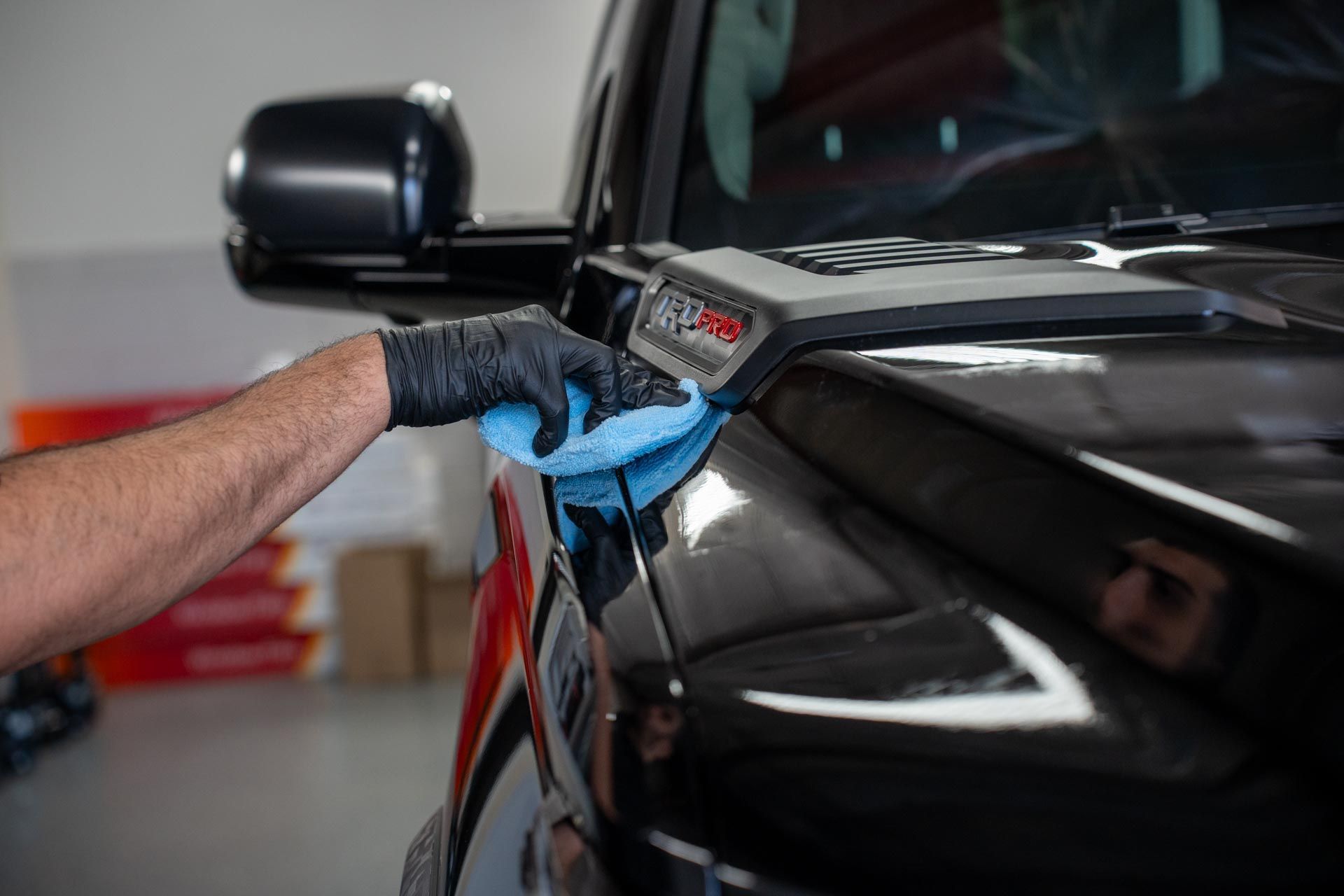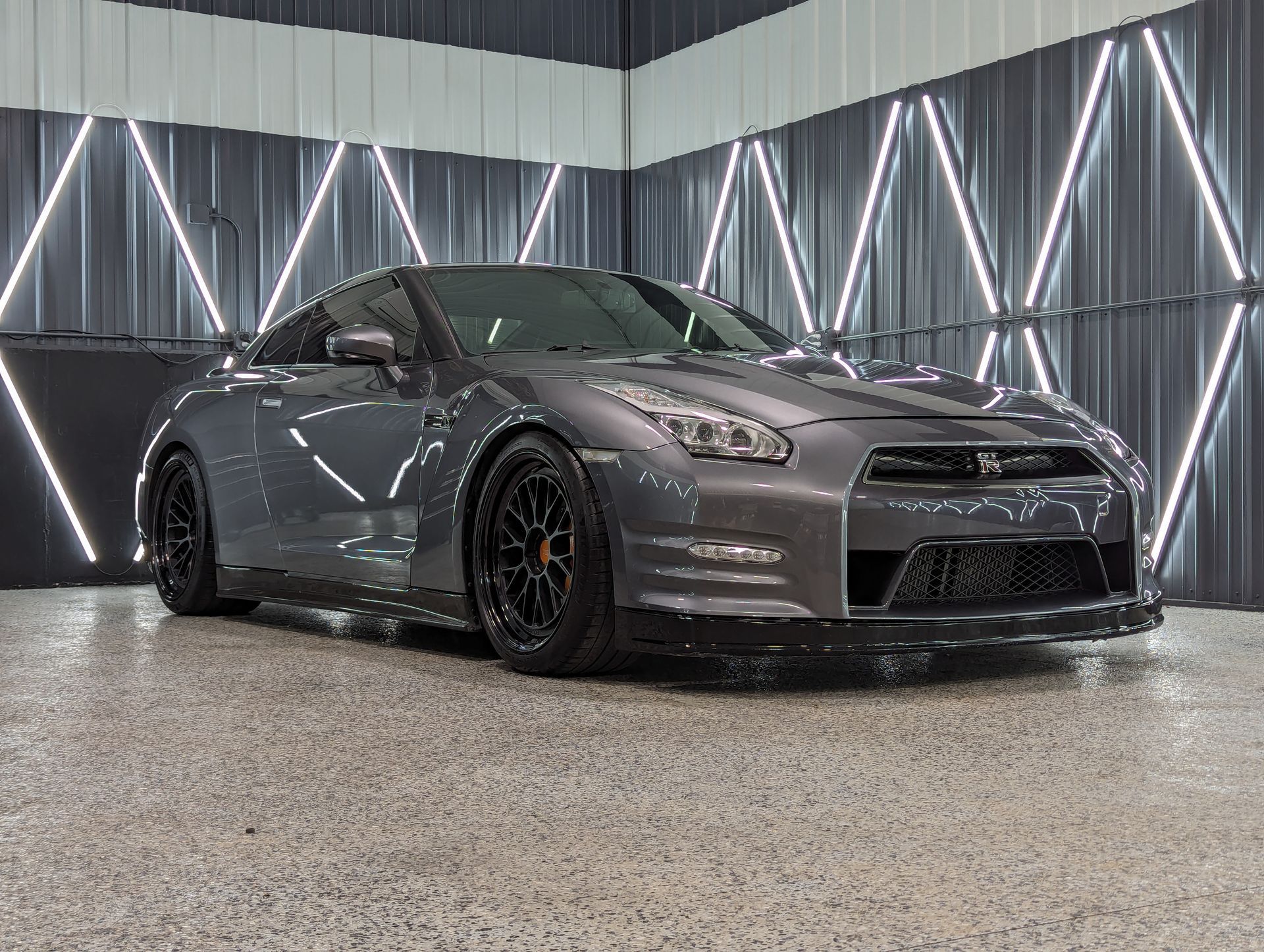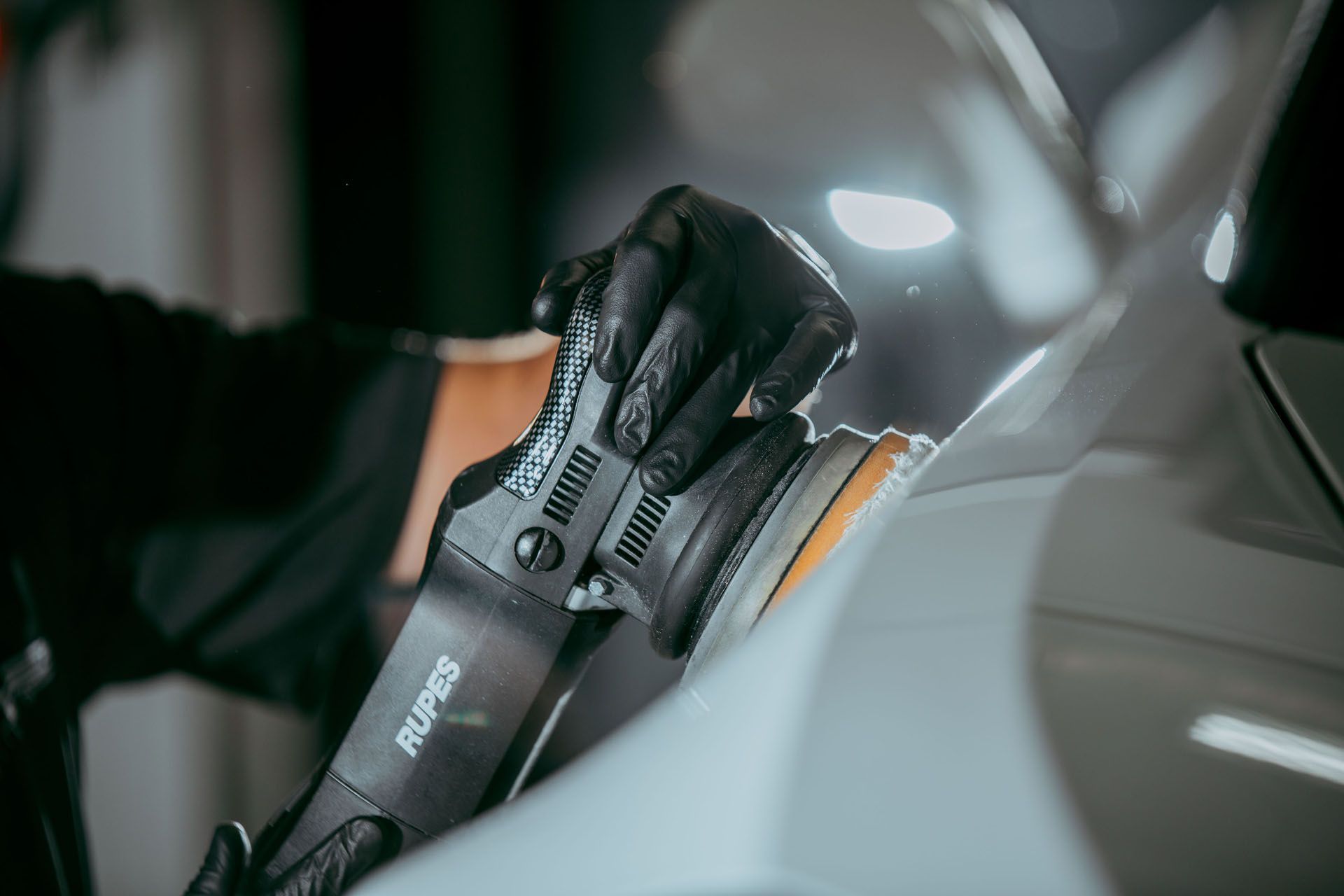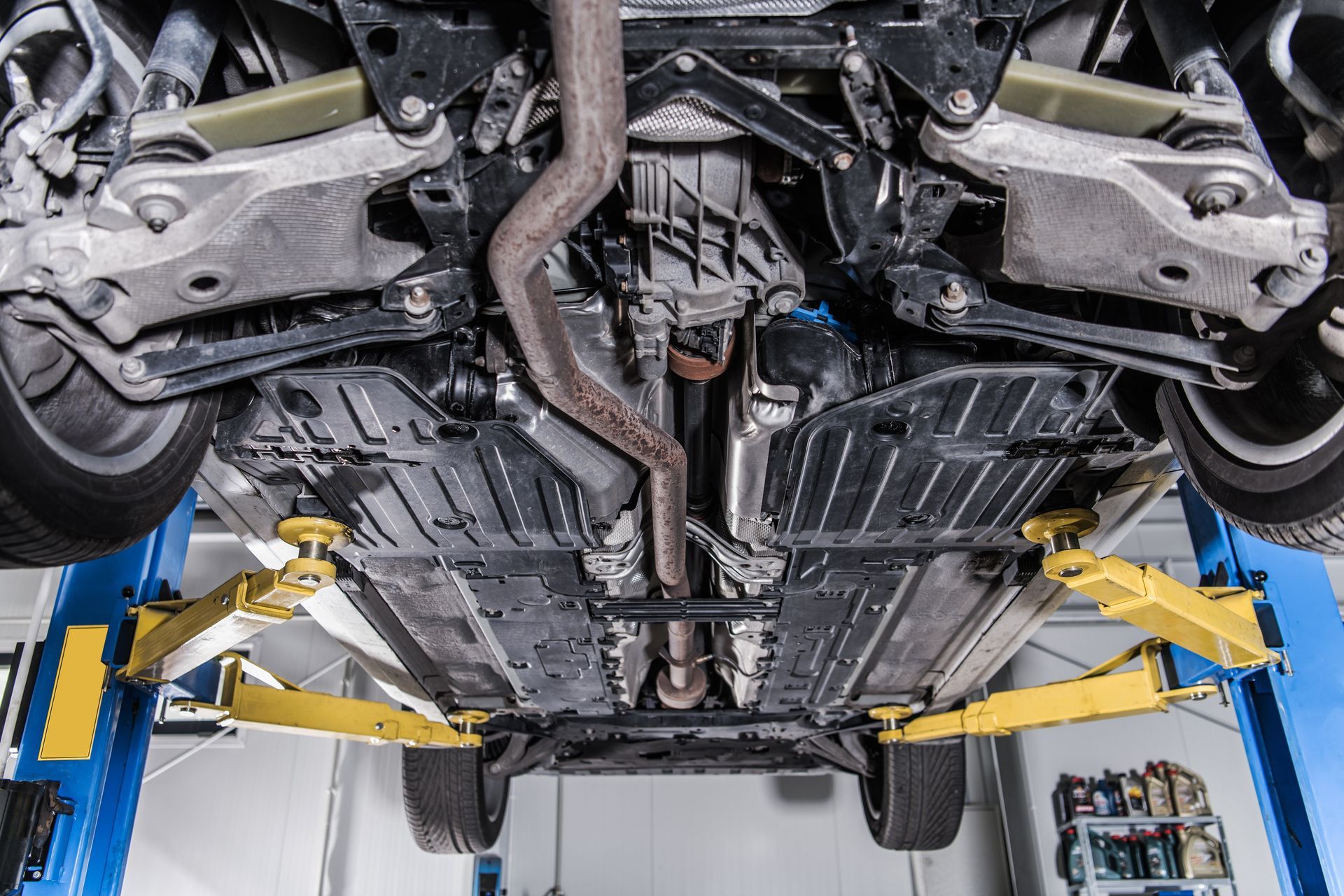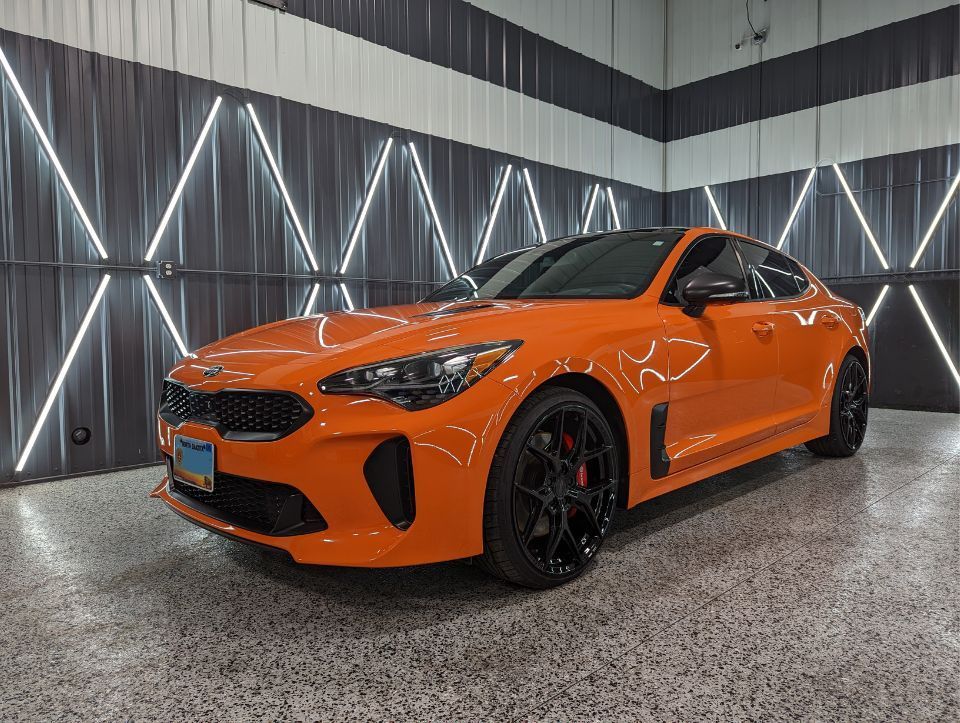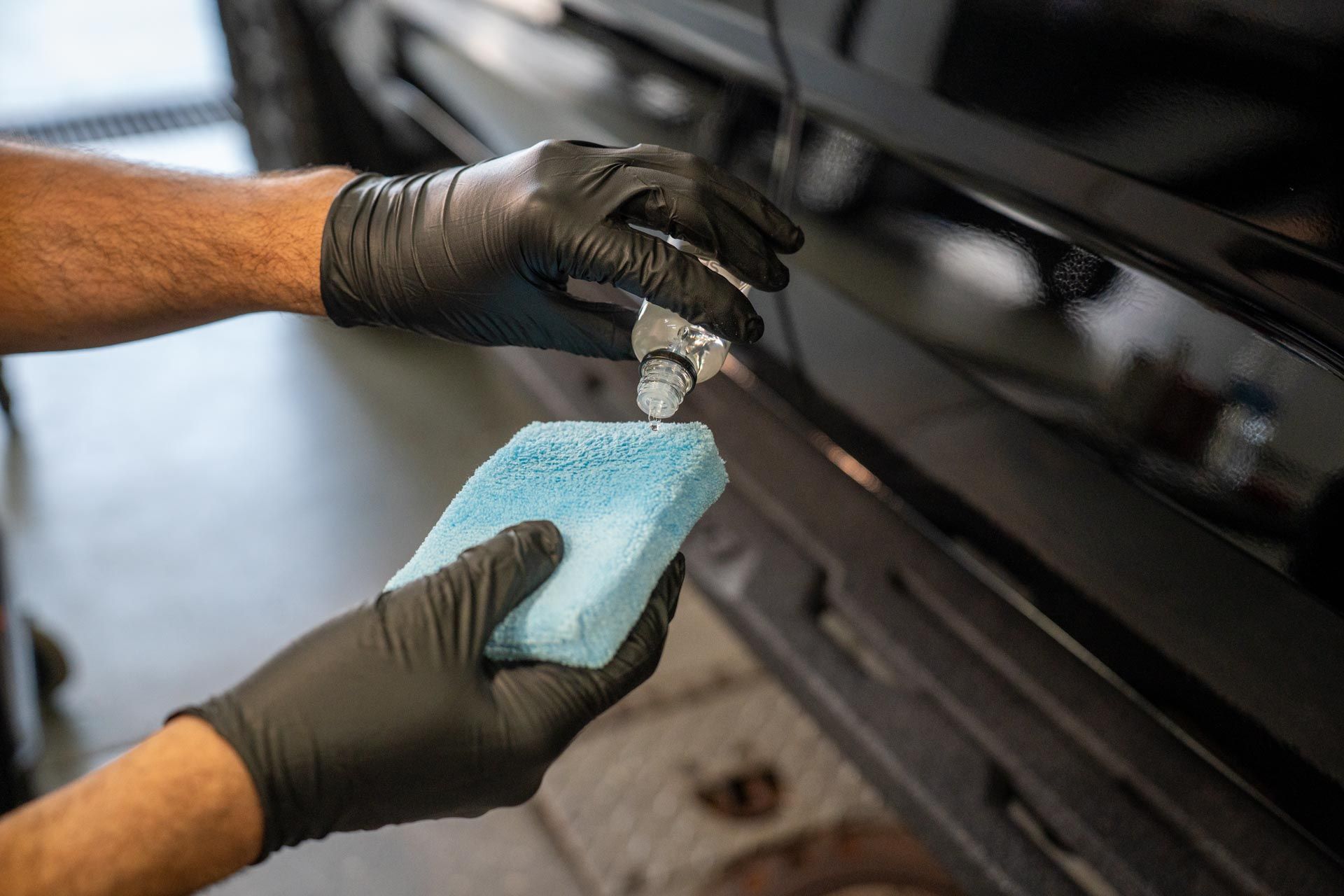Phone: 701-426-6715
PPF: How It Maintains Your Car’s Resale Value Over Time
When you buy a car, it’s not just about the thrill of driving; it’s also about making a smart investment for the future. One way to protect that investment is through Paint Protection Film (PPF). Imagine having a reliable, invisible shield that keeps your car looking fresh and new, all while boosting its resale value. This innovative film protects against everything from tiny rocks that could chip the paint to harsh sunlight that can fade its glossy finish. In this article, we'll explore how PPF not only safeguards your vehicle but also helps ensure that it's worth more when you decide to sell it down the road.
Paint Protection Film (PPF) helps maintain your car's resale value by protecting the exterior from damage such as chips, scratches, and fading caused by environmental factors. By keeping the vehicle looking newer and well-maintained, cars with PPF can retain up to 15% more of their original value compared to those without it, making them more attractive to potential buyers.
The Role of PPF in Vehicle Protection
Paint Protection Film (PPF) acts as a robust shield against various threats your car faces daily. When you think about it, every time you drive, your vehicle is exposed to countless potential hazards—road debris, harsh weather conditions, and even unsightly bird droppings can wreak havoc on the paint finish. That's where PPF comes in, meticulously crafted from advanced materials like clear polyurethane that absorbs impact, protecting the underlying paintwork.
One of the standout features of modern PPF is its ability to self-heal. Imagine driving down the road and accidentally getting a small scratch or scuff on your front bumper; with many newer films, those minor blemishes can disappear with a bit of heat. It's almost like magic! Your car continues to look fresh and well-maintained, which is especially significant if you plan on reselling it later.
Statistically speaking, studies reveal that vehicles protected by PPF retain up to 80% of their original paint condition after five years, compared to a staggering 50% loss in quality for those without such protection. This illustrates how PPF doesn't just enhance aesthetics but is a smart investment in preserving your car's value over time. Additionally, PPF is engineered to resist yellowing—a common problem with many older products. Modern films contain UV inhibitors that block damaging rays and prevent fading and discoloration. This means that no matter how much sun exposure your vehicle experiences, it will maintain its glossy appearance for years instead of succumbing to an unsightly dullness.
The cost of applying PPF varies depending on factors such as vehicle size and coverage area, typically ranging from $1,500 to $7,000. However, this initial investment could save you much more in potential paint repairs down the line. Plus, when the self-healing properties and durability are factored in, making this investment becomes an easy choice for thoughtful vehicle owners. As we move forward in understanding effective car care strategies, it's vital to explore additional protections against everyday dangers that can undermine your vehicle’s integrity.
Guarding Against Scratches and Environmental Damage
Every vehicle faces a barrage of potential damage daily, from gravel on the road that pings off paint surfaces to tree sap that can wear away finishes. It's easy to overlook just how much our cars endure until we spot a scratch or fading paint. That's where Paint Protection Film (PPF) comes in—it acts like an invisible armor that safeguards your car from these threats.
How PPF Works
The magic of PPF lies in its advanced self-healing properties. This is achieved through a specialized elastomeric polymer, which allows minor scratches to disappear when exposed to heat. Think of it as a second skin for your vehicle; that imperceptible barrier not only absorbs impacts but also has the impressive ability to recover from light abrasions. Picture this: after a day in the city bustling with activity, you notice a small scratch on your door where someone accidentally brushed by.
In most cases, you'd feel a pang of dismay as your heart sinks at the sight of imperfection. However, with PPF applied, you have the unique advantage of watching that scratch vanish under warm sunlight or even just the warmth of your touch. Furthermore, aside from providing an exceptional layer of defense against scratches, PPF also resists environmental hazards like UV rays. Over time, unprotected paint finishes can oxidize and fade due to sun exposure—think of the dull look on cars that have been baked under the summer sun without protection. With up to 99% UV resistance, PPF not only keeps your paint looking fresh but also actively repels sun damage.
Additional Features
Importantly, PPF doesn’t just stand still; it actively works to shield your vehicle from a host of common nuisances. Bird droppings and tree sap, which may seem innocuous but can wreak havoc if left unattended on painted surfaces, are no match for a sturdy layer of PPF. That layer absorbs the impact and makes cleaning easier, reducing the chances of permanent damage.
When you consider all these protective qualities together—self-healing capabilities, UV resistance, and defense against everyday wear—you see how they contribute significantly to maintaining a car's pristine appearance. As we continue exploring further benefits related to this innovative technology, we'll uncover additional ways it enhances vehicle value over time.
Enhancing Market Value with PPF
The exterior of your vehicle plays a pivotal role in how potential buyers perceive its value. Impressions are often formed in split seconds, and a car with a clean, glossy finish simply resonates better than one that appears worn and tired. PPF serves as a formidable guardian against wear and tear, keeping your vehicle looking new for longer. As we’ve established, over 70% of car buyers emphasize appearance, and cars adorned with PPF can retain up to 15% more of their original value compared to those without it.
Appearance Preservation
One of the standout benefits of using PPF is its ability to preserve a vehicle's aesthetic appeal. When you invest in this protective film, you're not just shielding your car; you're also ensuring that it looks great for years to come. If you happen to be considering selling your vehicle down the road, know that properly maintained exteriors not only bulk up your asking price but can also lead to quicker sales.
For instance, if you're parting ways with your car wrapped in PPF, you’re likely to find buyers who appreciate the visual reassurance it provides—resulting in a smoother transaction process. The combination of aesthetic appeal and perceived value strengthens the case for applying PPF while also protecting against the detrimental effects of time on a vehicle's surface. This focus on upkeep naturally invites a deeper look into the various financial advantages associated with such investments.
Financial Benefits of PPF
Installing Paint Protection Film (PPF) can be seen as more than just an initial expenditure; it is a strategic investment that pays off over time in various ways. Think of it as putting on a shield for your vehicle's paintwork. The upfront cost may seem hefty—ranging from $1,500 to $4,000 depending on factors like vehicle size and the quality of the film—but let's consider what's at stake here.
With luxury car paint jobs potentially costing more than $10,000, the savings that PPF offers become crystal clear. When you protect your vehicle with PPF, you're not only keeping scratches and rock chips at bay but also drastically reducing your chances of incurring those expensive repainting expenses. In essence, every dollar invested in PPF keeps your car looking showroom-fresh while preventing future financial headaches.
Furthermore, consider the tangible savings associated with this proactive measure. A well-installed PPF allows for fewer touch-ups and detailing expenses since the underlying paint is protected. This isn't merely anecdotal; it's a pattern observed across numerous vehicle types: less wear and tear means less frequent upkeep.
- Fewer touch-ups and detailing expenses mean you can allocate your hard-earned money elsewhere.
- Reduced repainting costs retain your financial stamina, allowing you to focus on enjoying your vehicle rather than fretting over its appearance.
- Maintaining resale value is crucial; evidence indicates that cars protected by PPF command higher resale prices compared to their unprotected counterparts.
As you weigh these considerations, keep in mind the critical role that protection plays when assessing the advantages of this film across different models and makes.
Evaluating PPF for Different Vehicles
The choice of applying PPF can significantly depend not only on the vehicle itself but also on how you intend to use your car. High-end vehicles often come with a higher initial price tag and possess more intricate paint finishes, making them prime candidates for PPF. For owners of luxury cars like Lamborghinis or Bugattis, every detail matters, including the condition of the paint, which directly impacts their resale value. These vehicles endure examination from potential buyers who are likely to scrutinize even the slightest imperfections.
PPF serves as a vital shield, protecting these investments not just from chips and scratches but also from the wear of environmental elements. Conversely, when evaluating lower-end vehicles, the situation changes somewhat. While applying PPF to a lower-end car might seem beneficial at first glance, its effect on resale value may not be as significant compared to high-ticket models. For many drivers of economy vehicles—let’s say a Toyota Corolla or Honda Civic—the resale decision may hinge less on paint condition and more on overall functionality and mileage. In this case, owners typically opt for PPF out of personal preference rather than financial necessity.
That being said, maintaining the appearance of a lower-end vehicle can still yield joy and pride of ownership. If preserving that showroom shine matters to you—even if your car isn't luxurious—investing in a high-quality PPF could be the right move. It's important to note that different vehicles have unique areas prone to damage. For high-impact zones like bumpers or hoods, even mid-range cars can benefit immensely from clear film applications. Beyond simply protecting beautifully detailed paint jobs, PPF acts as a barrier against common driving hazards such as road debris and errant shopping carts.
Just imagine bumping into someone who proudly announces they've driven their vehicle for years without visible chips or scratches; you'll find yourself somewhat envious! After weighing these factors and perhaps staving off a little envy, it’s essential to consider the specific type of protective film that would best suit your vehicle's needs.
Choosing the Best PPF for Your Car
Selecting the right paint protection film (PPF) can feel overwhelming, but it doesn’t need to be. Focus on a few critical aspects to ensure a smart investment that benefits your vehicle for years. One of the first things to consider is quality. High-quality films, such as those from reputable brands, often have enhanced durability and clarity. They provide a protective barrier while keeping your car looking pristine without altering its original appearance.
Beyond quality, another crucial factor is the warranty. A robust warranty reflects the manufacturer's confidence in their product's longevity and performance. Ideally, look for options that offer at least a 10-year warranty, as this indicates the film can withstand various environmental challenges, from UV rays to road debris. The installation process itself is also significant. Professional application is paramount because even the best PPF can fail if not installed correctly. A skilled technician can avoid common pitfalls like bubbles and peeling, which could compromise both appearance and protection. Think of installation as an investment; paying extra for an expert job will save you countless headaches later on.
Now, here are some important factors to help refine your choice:
- Self-Healing Properties: Trusted films feature self-healing technology that allows minor scratches or scuffs to disappear over time, enhancing your film’s longevity.
- Aesthetic Appeal: PPF comes in both gloss and matte finishes. Consider what complements your car's color and design while maintaining its aesthetic integrity.
- Stain Resistance: Reputable brands are known for their outstanding stain resistance. If you frequently drive on dirty roads or park under trees, opting for such a film may be wise.
As you assess these elements, take into account any personal preferences or specific environmental conditions you may encounter. It's worthwhile to engage with local professionals who install these films since they can offer insights tailored specifically to your needs. Visit shops, ask questions about their experiences with different brands, and seek testimonials from previous customers. A well-informed decision today will pay dividends in protecting your vehicle and preserving its resale value tomorrow.
As advancements continue in the PPF industry, staying updated on new features will amplify your choices. By prioritizing quality, comprehensive warranties, expert installation, and additional protective features suited to your lifestyle, you’ll be equipped to select a paint protection film that meets your needs for years.
In making an informed decision about the right PPF for your car, you'll not only ensure its aesthetic appeal but also enhance its long-term value. The right choice now can lead to future savings when it’s time to sell or trade in your vehicle.
Superior Paint Protection Film Services in Mandan, ND
When it comes to preserving your vehicle’s flawless finish, Infinity Auto Styling offers unmatched paint protection film (PPF) services right here in Mandan, ND. Our precision-installed PPF acts as a nearly invisible shield, guarding against rock chips, road debris, and everyday wear while maintaining the beauty of your paint. Whether you're cruising the highways or navigating city streets, give your vehicle the protection it deserves with a solution trusted by car owners who care about lasting value and pristine appearance. Schedule your PPF installation today and drive with confidence.
Infinity Auto Styling Blog

